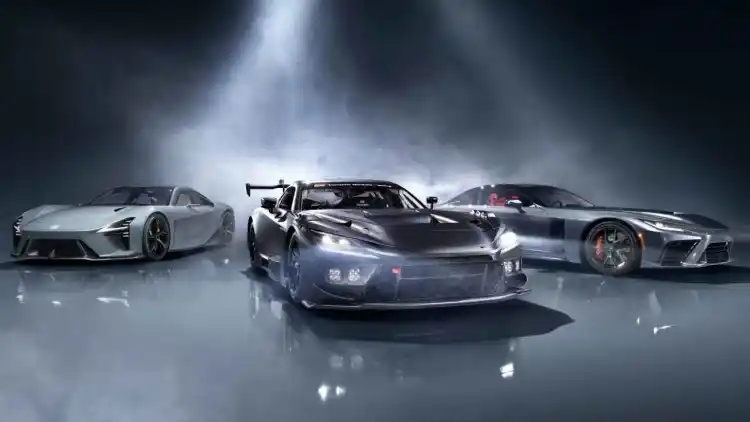- How Did BMW Begin Its Journey?
- What Made BMW a Symbol of Innovation?
- How is BMW preparing for the future of mobility?
More than a century ago, BMWUAE BMWEgypt BMWOman BMWBahrain BMWKuwait BMWQatar BMWKSA BMW began its journey to become one of the most iconic names in the world of luxury and performance cars. Its reputation has gone far beyond refined design and powerful performance, rooted deeply in a legacy of innovation and precise German engineering. Founded in 1916, the company quickly carved out a unique path that turned it into a global symbol of excellence. In the following lines, we take a closer look at the key milestones that shaped BMW’s identity and explore where the brand is heading in the future.
How Did BMW Begin Its Journey?

BMW began its operations in the German city of Munich as a company specializing in the production of aircraft engines under the name Rapp Motorenwerke. By 1928, the company shifted toward automobile manufacturing after acquiring the Austin Motor Company, marking a new chapter in its industrial history.
In 1933, the company officially adopted the name BMW, short for Bayerische Motoren Werke, which translates to Bavarian Motor Works, a nod to its aviation roots. With this transition, BMW started designing its own vehicles and quickly established a strong reputation in the German automotive market.

During the 1960s and 1970s, BMW solidified its status in the world of high performance driving. It took part in prominent racing events such as the Touring Grand Turismo and Le Mans 24 Hours, achieving notable victories that helped cement its image as a brand that masterfully blends power with precise engineering.
What Made BMW a Symbol of Innovation?

BMW has maintained a leading position among the most innovative car manufacturers, thanks to its introduction of standout models like the 5 Series in 1972, which combined smooth performance with exceptional comfort. This was followed by the launch of the 7 Series in 1977, which elevated the luxury driving experience by blending modern technology with refined design.
These models marked pivotal moments in the brand’s evolution, focusing on advanced features that enhanced safety and comfort while introducing elegant touches that became a hallmark of BMW vehicles. They also reflected the company’s ability to adapt to market shifts without compromising its sporty identity.

BMW succeeded in meeting the expectations of a wide range of drivers, from enthusiasts who crave dynamic performance to those seeking luxury and cutting edge technology, all while staying true to its distinctive character.
How is BMW preparing for the future of mobility?

In recent years, BMW has taken concrete steps toward sustainable transformation by developing advanced technologies aimed at reducing emissions and improving energy efficiency. The brand has expanded its lineup to include both electric and hybrid models, reflecting a deep understanding of evolving global market demands.
This move is not merely a response to growing interest in electric vehicles but a clear demonstration of BMW’s enduring commitment to innovation and environmental responsibility. The brand’s electric models now represent a new face of BMW, proving its ability to combine high performance with environmental consciousness.
Through its current strategy, BMW continues to deliver vehicles that embody the next generation of smart mobility while preserving the legacy it has built over decades of industrial excellence. The company is steadily reshaping the future of luxury automotive design, relying on its engineering expertise and dedication to top tier quality.
BMW’s story is more than a timeline of achievements; it is a complete narrative of ambition, precision, and creativity. It is a brand that has never settled for being just great but has made excellence a lasting tradition admired by drivers in Saudi Arabia, the UAE, and around the world.













